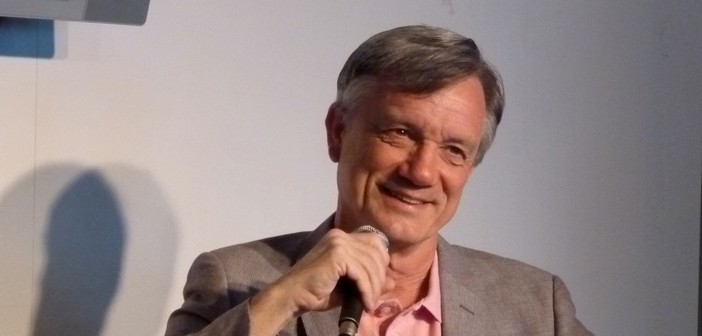Taking the highway, as I did a few days ago, for 600 kilometers during a red alert traffic warning, can turn out to be an interesting initiatory experience.
This day spent in the traffic of the Rhône valley, between slowdowns and traffic jams, quickly becomes a metaphor for our poor existence.
Thus, being stuck for an hour in the open countryside bumper to bumper gives you the impression of being a tiny fly caught in the spider web of destiny. Hopeless.
When the highway clears and you regain your cruising speed (and even a bit more), the sensation is exhilarating, the wildest hopes seize you, your freedom is limitless. You are even, for the time of a long straight stretch, somewhat “master of the world.”
But as the alternation between traffic jams and smooth traffic repeats infinitely, you are quickly crushed by the inevitability of eternal return. The wild wedding of Nietzsche and Vinci, in a way.
Your empathy for the human species is also severely tested. For example, when, with a mocking eye, you observe the monstrous traffic jam piling up on the opposite lane. Or, more cruelly, by the cowardly relief that is yours when you bypass a more or less serious accident.
Politically, highway traffic jams also have their meaning. Which lane to take? The left lane is generally intended for bold spirits who want to move quickly; the right lane for the cautious who want to prioritize safety; and the center lane, for pragmatics who keep their options open.
But the reality of the highway (of life?) is quite different. The left lane is the one of accidents, the right lane is clogged by the most dangerous vehicles, and, on the center lane, you are regularly scolded by drivers on the left and right who reproach you for your indecision.
As for the emergency lane, theoretically the one of solidarity, it is mostly for the reckless and the boors. It is true, as my co-driver pointed out, that it’s the far-right lane.
Well, not so great all of this! It’s decided, next year, I’m taking the Napoleon route!


